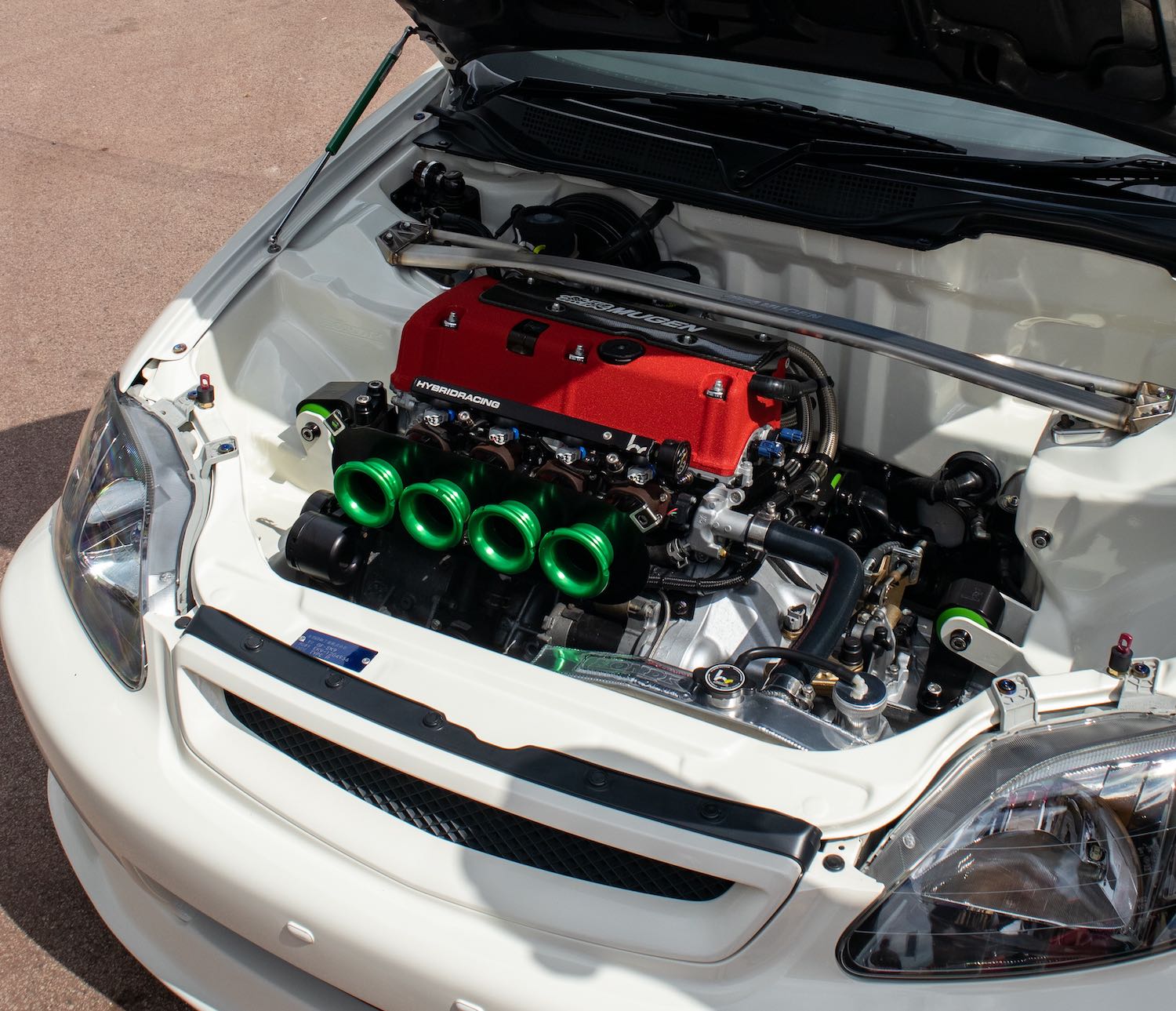At every car show or discussion, you’ll inevitably hear chatter about a vehicle’s ‘horsepower’ or ‘brake horsepower.’ But what do these terms truly mean, and where do they originate?
The Era of Steam-Powered Horsepower
Before the advent of steam engines, human reliance on horses (and other animals) for strenuous tasks spanned millennia. Horses powered everything from rapid transportation and heavy lifting to ploughing and hauling. While these tasks could have been accomplished manually, horses and oxen proved significantly more efficient.
The introduction of machines such as mills and water screws improved efficiency but still required considerable human effort. Domesticating animals to share the workload marked a technological leap. However, by the late 18th century, the notion of horses as the ultimate work companions was deeply ingrained.
James Watt’s steam engine revolutionized this concept. He introduced ‘horsepower’ as a unit of measurement to compare an engine’s work output to that of a horse. In essence, it aimed to quantify an entity’s ability to exert force over time.
How is Horsepower Measured?
Watt’s definition of 1 horsepower involved a horse lifting a 150lb weight from a 220-foot-deep hole. While seemingly unusual figures, they served to compare force exertion. Put simply, it addressed:
- How much can be moved?
- How far can it be moved?
- How fast can it be moved, or for how long can it be moved?
In metric terms, 1 horsepower equals the energy required to lift a 75kg weight 1 meter upwards in 1 second. Although a horse could lift or pull considerably more than 75kg, it would tire quickly. To maintain consistent performance, more horses were required.
This newfound measure facilitated comparisons between steam engines and horses, allowing businesses to evaluate the advantages of machinery over animal labor.
Understanding Brake Horsepower
Brake horsepower assesses an engine’s ‘useful’ power by considering power loss through friction in various mechanical parts, the gearbox, water pump, and generator. This measurement accounts for the engine’s power output after factoring in essential loads. These loads include the alternator powering air conditioning and the force the engine can exert beyond the vehicle’s weight.
Brake horsepower provides valuable insights into an engine’s real-world performance, accounting for factors like vehicle weight and aerodynamics. It helps determine how efficiently an engine can operate under typical conditions.
The Significance of a Brake Horsepower Check
Checking your vehicle’s brake horsepower is essential for gauging the engine’s overall health and performance. A decline in brake horsepower could indicate underlying engine issues.
You can easily check your vehicle’s brake horsepower by referencing its registration plate in a database. Visiting your dealership can provide you with the results and guidance on necessary actions if an issue is detected.
If you sense a decline in your car’s engine strength, consider a visit to your local mechanic for a thorough inspection. Simple maintenance, such as a gasket replacement or engine treatment, might be all it needs to regain its former vigor.





